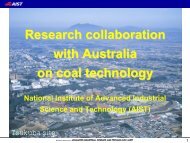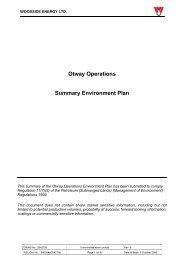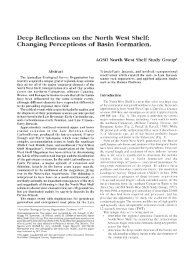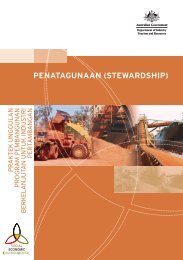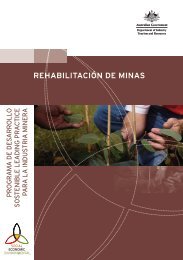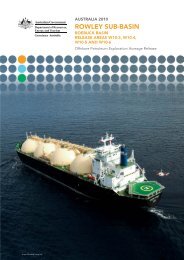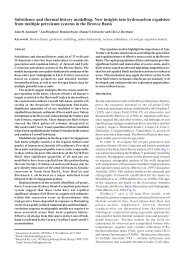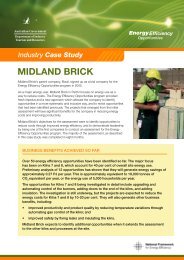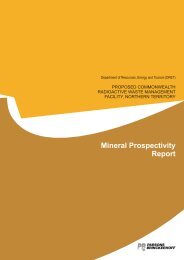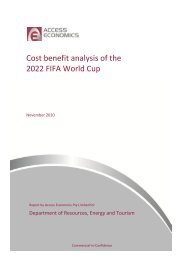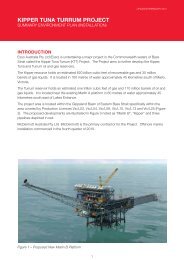A guide to leading practice sustainable development in mining
A guide to leading practice sustainable development in mining
A guide to leading practice sustainable development in mining
Create successful ePaper yourself
Turn your PDF publications into a flip-book with our unique Google optimized e-Paper software.
Introduction<br />
The <strong>development</strong> and construction phase of a m<strong>in</strong><strong>in</strong>g project is as critical a stage<br />
of a m<strong>in</strong>e’s life cycle as any other and can often determ<strong>in</strong>e how <strong>susta<strong>in</strong>able</strong> the<br />
operational phase will be. Many projects, as illustrated by the Mt Todd case study, fail<br />
at this po<strong>in</strong>t. There can be a number of reasons for failure <strong>in</strong>clud<strong>in</strong>g:<br />
Peak demand of funds result<strong>in</strong>g <strong>in</strong> cost overruns<br />
Community opposition <strong>to</strong> the project<br />
Significant and at times, unexpected environmental impact<br />
In this Chapter, <strong>development</strong> is used as it is typically used <strong>in</strong> a m<strong>in</strong>er’s lexicon <strong>to</strong><br />
refer <strong>to</strong> the pre-operational phase of a m<strong>in</strong>e’s life. It may <strong>in</strong>clude establishment of<br />
<strong>in</strong>frastructure and access works such as decl<strong>in</strong>e or shafts <strong>to</strong> enable production <strong>to</strong><br />
beg<strong>in</strong>. Once production beg<strong>in</strong>s the m<strong>in</strong>e is said <strong>to</strong> be <strong>in</strong> the operations phase<br />
(see Chapter 4).<br />
Construction is <strong>in</strong> m<strong>in</strong><strong>in</strong>g terms a subset of the <strong>development</strong> phase and its activities<br />
at a m<strong>in</strong><strong>in</strong>g project create significant and visible changes and impacts on the<br />
environment and community. This short-term stage requires the highest level of<br />
employment, which exceeds the longer-term workforce requirements. The <strong>in</strong>flux of<br />
a construction workforce can provide economic benefits <strong>to</strong> the local community, and<br />
particularly local bus<strong>in</strong>esses, but it can also put pressure on hous<strong>in</strong>g and other local<br />
services and have a negative social impact on the community.<br />
Construction activities typically <strong>in</strong>clude:<br />
access roads and airstrips.<br />
construction and accommodation camps.<br />
power supply (electricity, gas or diesel).<br />
fuel and chemical s<strong>to</strong>rage facilities.<br />
water supply.<br />
process plant.<br />
workshops and warehous<strong>in</strong>g.<br />
contrac<strong>to</strong>r lay down areas.<br />
offices, change rooms.<br />
crush<strong>in</strong>g plant.<br />
tail<strong>in</strong>gs s<strong>to</strong>rage facilities.<br />
waste rock, low-grade and other dumps.<br />
s<strong>to</strong>ckpile preparation.<br />
62 LEADING PRACTICE SUSTAINABLE DEVELOPMENT PROGRAM FOR THE MINING INDUSTRY



